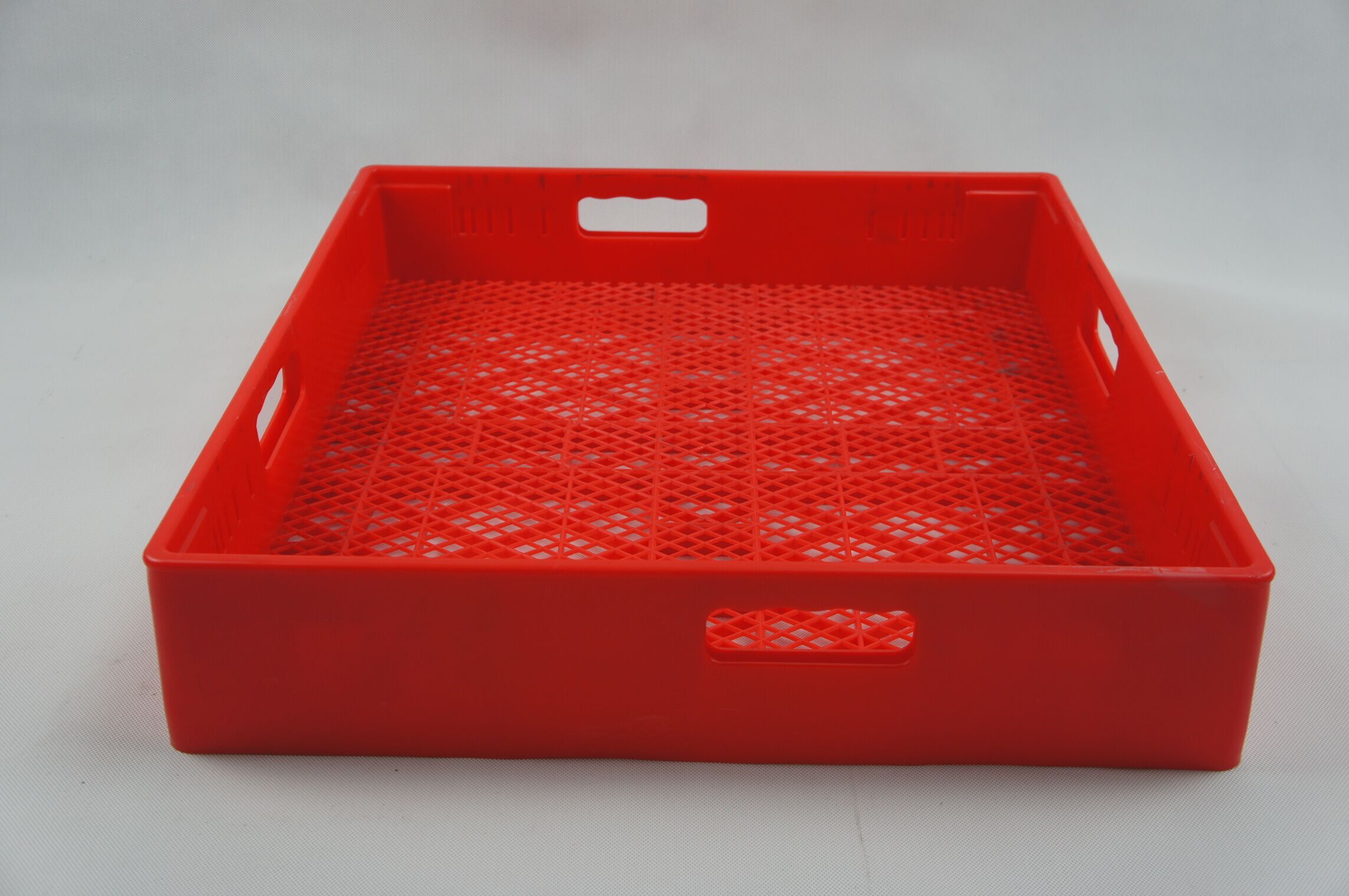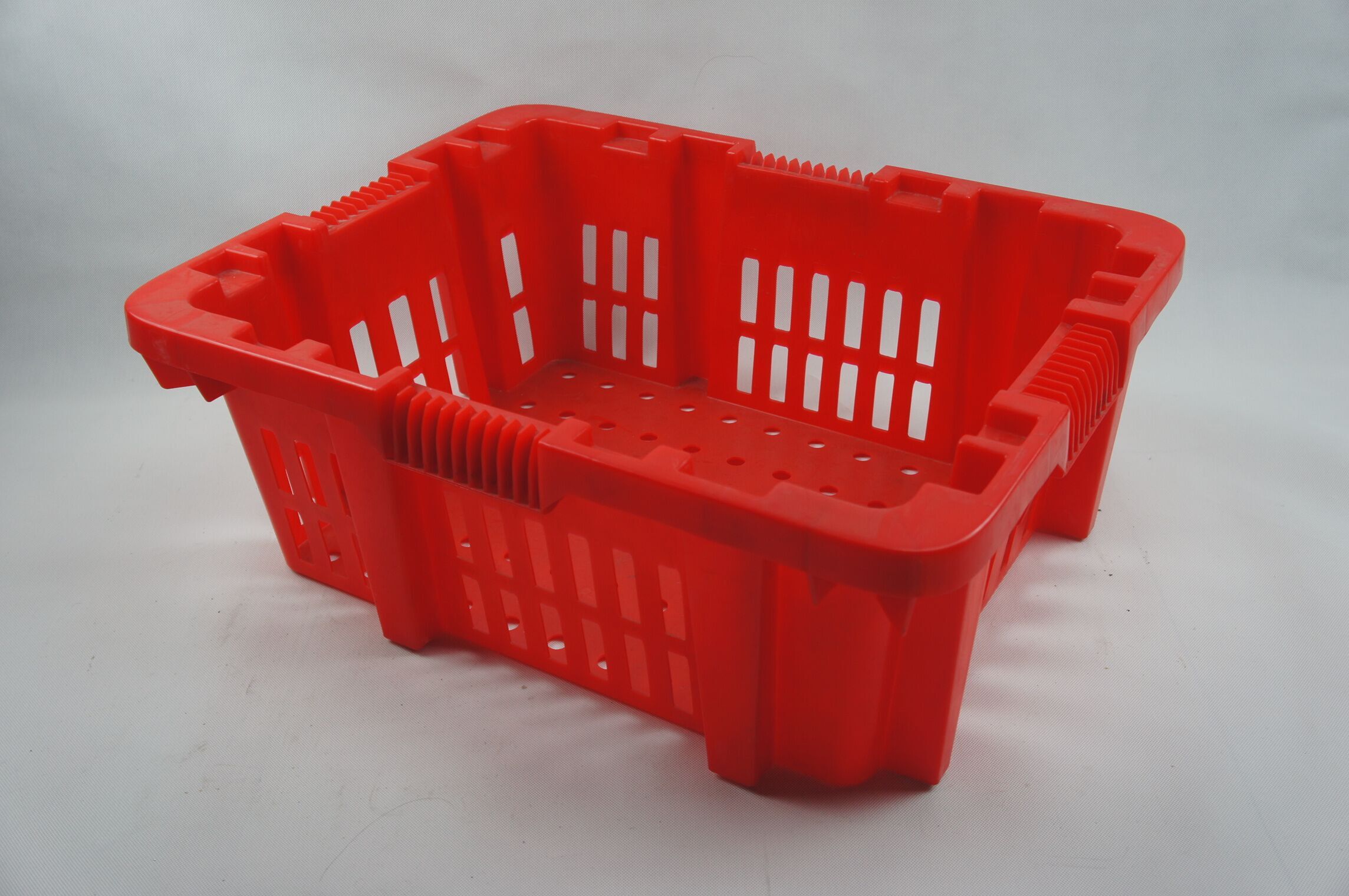In the intricate world of manufacturing, the creation of crate molds stands as a testament to the marriage of art and science. This process, which is often overlooked, is a critical component in the production of crates that are used across various industries, from agriculture to construction. The art of crate mold manufacturing is a delicate balance of creativity, precision, and technical expertise, which is why it is essential to delve into the details of this fascinating field.
The Evolution of Crate Molds
The history of crate molds dates back to the early days of industrialization when the need for standardized packaging became apparent. Over time, the molds have evolved from simple wooden forms to the sophisticated, high-precision tools they are today. The evolution has been driven by the need for durability, efficiency, and the ability to produce crates that can withstand the rigors of transportation and storage.
The Role of Crate Molds
Crate molds are the backbone of the crate production process. They are the tools that give shape to the raw materials, transforming them into the crates we see in warehouses and on loading docks. The molds are designed to withstand the pressures of the molding process, ensuring that each crate is produced to exact specifications. The molds are also responsible for the intricate details that make each crate unique, such as the interlocking corners and the precise dimensions that allow for efficient stacking and storage.
Designing the Outstanding Crate Mold

The design of a crate mold is a complex process that requires a deep understanding of materials, engineering, and the end-use of the crate. Designers must consider the type of material that will be used to make the crate, such as wood, plastic, or metal. They must also take into account the weight and size of the items that the crate will hold, as well as the environmental conditions it will be exposed to.
Once the design parameters are established, the actual design work begins. This involves creating detailed blueprints and computer-aided design (CAD) models that will guide the manufacturing process. The design must be precise, as even the smallest error can consequently crates that do not fit together properly or that are not strong enough to hold their contents.
Materials and Manufacturing Techniques
The materials used in crate mold manufacturing are as diverse as the crates themselves. Traditional materials like wood and metal are still used, but modern materials such as high-strength plastics and composites are becoming increasingly popular due to their durability and resistance to environmental factors.
The manufacturing process itself is a blend of old-world craftsmanship and cutting-edge technology. Many molds are still handcrafted by skilled artisans, ensuring that each mold is a work of art in its own right. However, modern manufacturing techniques such as computer numerical control (CNC) machining and 3D printing are also used to create molds with unparalleled precision and detail.

Quality Control and Testing
Once a crate mold is manufactured, it undergoes rigorous quality control and testing to ensure that it meets the higher standards. This includes visual inspections, dimensional checks, and stress tests to ensure that the mold can withstand the pressures of the molding process. The molds are also tested to ensure that they produce crates that meet the required specifications.
Innovation in Crate Mold Manufacturing
The field of crate mold manufacturing is constantly evolving, with new materials, techniques, and technologies being developed to improve efficiency and quality. Innovations such as automated mold-making systems, advanced materials science, and the integration of smart technologies are transforming the way molds are designed and manufactured.
The Future of Crate Molds
As the world becomes more interconnected and the demand for efficient, reliable packaging solutions grows, the role of crate molds will only become more critical. The future of crate mold manufacturing will likely see a greater emphasis on sustainability, with the development of molds that can be recycled or reused, and the use of environmentally friendly materials.
Conclusion
The art and science behind crate mold manufacturing is a fascinating blend of creativity, precision, and technical expertise. From the initial design to the final product, every step of the process is crucial in ensuring that the molds are capable of producing crates that are strong, durable, and fit for purpose. As the industry continues to evolve, it is clear that the role of crate molds will remain central to the production of packaging solutions that meet the needs of a diverse range of industries. The molds are not just tools; they are the foundation upon which the crates are built, and their importance cannot be overstated.





 English
English عربى
عربى Español
Español Français
Français








